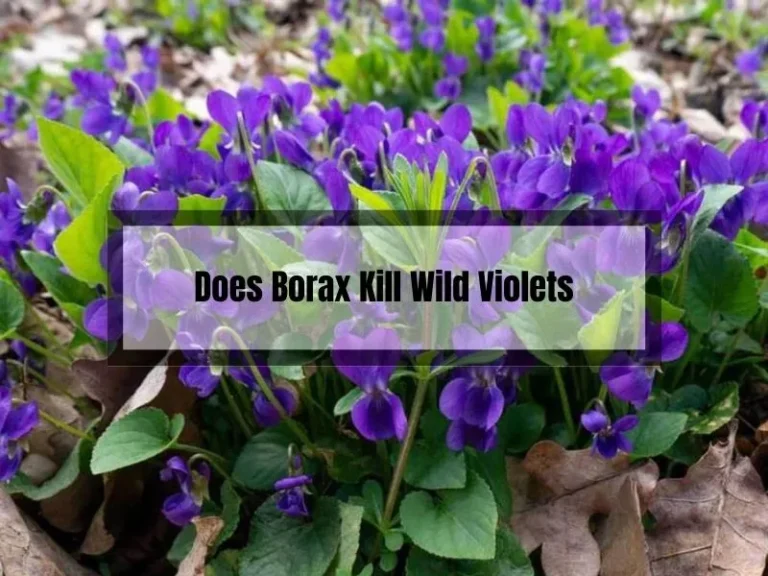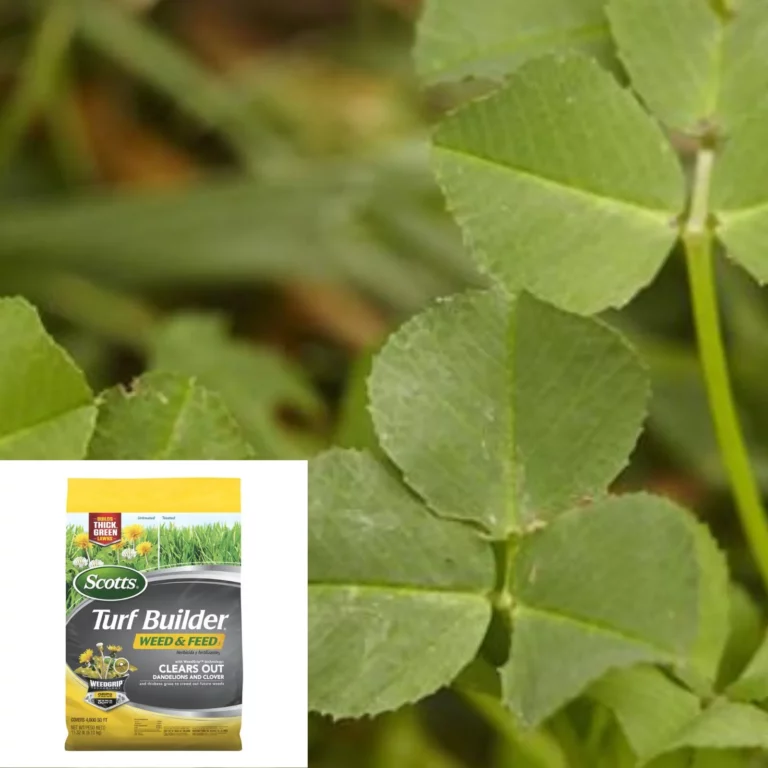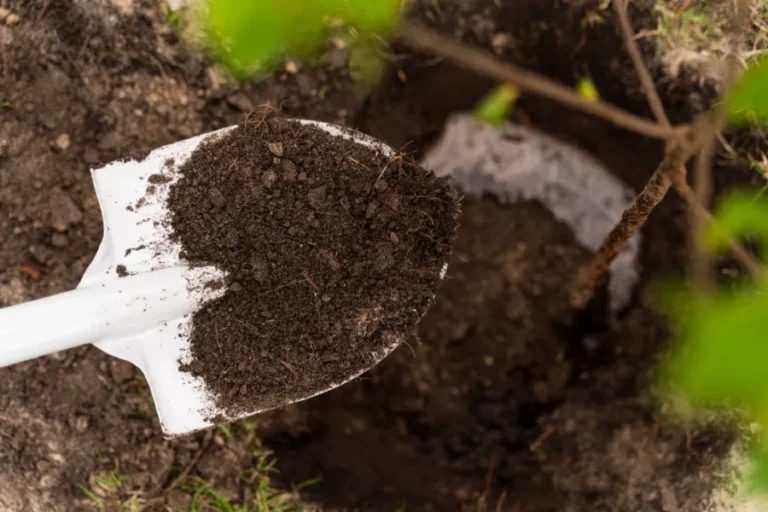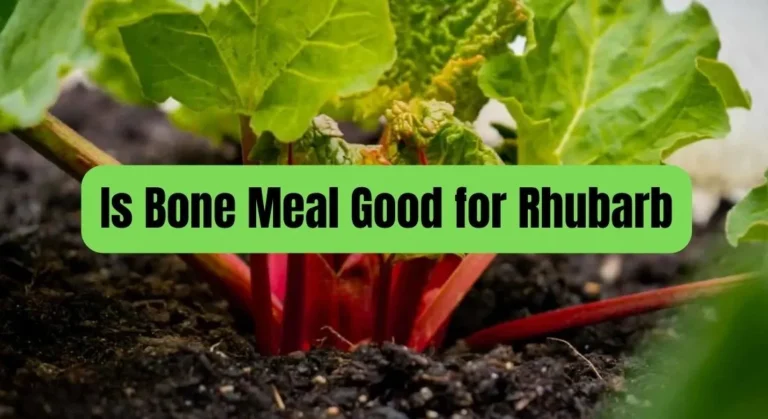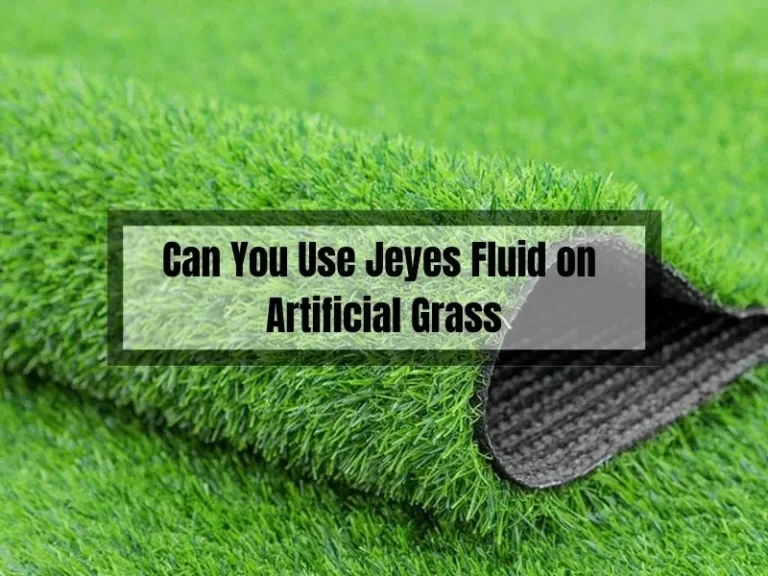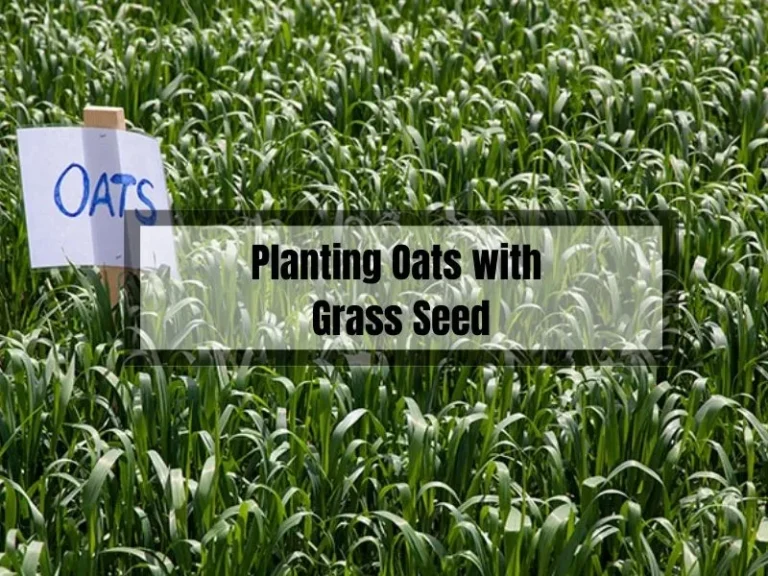Peat Moss vs Topsoil for Grass Seed: Which is Best for Your Lawn?
Are you unsure about the soil to use when planting grass seeds? Peat moss and topsoil are two options worth considering, each with its advantages and drawbacks. Understanding their differences is crucial for making the best choice for your lawn.
Peat moss, a natural material formed in wetland environments, consists of partially decomposed plant matter and has a fibrous texture. It’s valued by gardeners and landscapers for its moisture-retaining properties, especially beneficial during grass seed germination.
In contrast, topsoil, the nutrient-rich uppermost soil layer, serves as a foundational layer for planting and can enhance soil quality over time.
So, which one should you select? In this article, we’ll explore the differences between peat moss and topsoil for grass seed, discussing their pros and cons. By the end, you’ll be better equipped to choose the right soil mixture for your lawn. Let’s begin!
Key Takeaways
- Peat moss is a natural material that retains moisture and is highly beneficial for grass seed germination, especially during the early stages.
- Topsoil is the uppermost layer of soil that is rich in nutrients and organic matter and can help improve soil quality over time.
- Choosing between peat moss and topsoil for grass seed depends on your lawn’s specific needs and climate.
Peat Moss vs Topsoil for Grass Seed
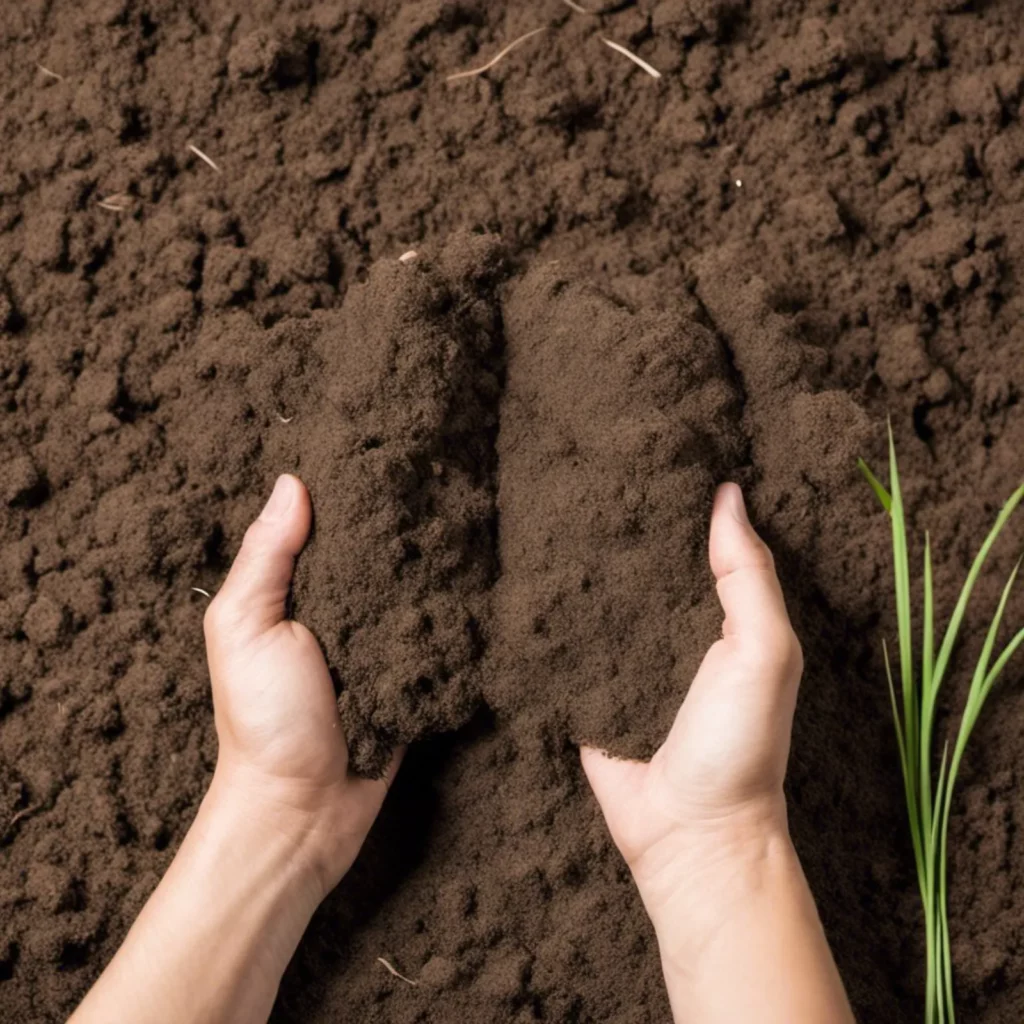
When it comes to planting grass seed, choosing the right type of soil is crucial for success. Two popular options are peat moss and topsoil.
Here’s a breakdown of the pros and cons of each to help you make an informed decision.
Peat Moss
Peat moss is a natural material that forms in wetland environments. It is composed of partially decomposed plant matter and has a fibrous texture.
Peat moss is highly valued by gardeners and landscapers for a variety of reasons, including its ability to retain moisture. Here are some of the pros and cons of using peat moss for grass seed:
Pros
- Retains moisture: Peat moss has excellent water-holding capacity, which can help keep grass seedlings hydrated during the critical germination period.
- Sterile: Peat moss is often sold sterilized, which means it is free of weed seeds, spores, or diseases that could harm your grass seedlings.
- Lightweight: Peat moss is much lighter than topsoil, making it easier to handle and spread over a large area.
Cons
- Limited nutrients: Peat moss has very few nutrients, so you’ll need to fertilize your grass seedlings regularly.
- Acidic: Peat moss is naturally acidic, which can be a problem if your soil is already acidic. You may need to add lime to balance the pH levels.
- Expensive: Peat moss can be more expensive than other soil types, which may not be ideal if you’re on a tight budget.
Topsoil
Topsoil is the uppermost layer of soil, which contains the highest concentration of organic matter and nutrients.
It’s often used for gardening and landscaping projects and is widely available. Here are some of the pros and cons of using topsoil for grass seed:
Pros
- Nutrient-rich: Topsoil contains a higher concentration of nutrients than other soil types, which can help your grass seedlings grow faster and stronger.
- Affordable: Topsoil is usually less expensive than peat moss, which can be more budget-friendly.
- Versatile: Topsoil can be used for a variety of gardening and landscaping projects, making it a versatile option.
Cons
- Heavy: Topsoil is much heavier than peat moss, which can make it more difficult to handle and spread over a large area.
- Can hinder growth: Topsoil can be too dense for grass seedlings to penetrate, which can hinder their growth.
- May contain weeds: Topsoil may contain weed seeds, spores, or diseases that could harm your grass seedlings.
When to Use Peat Moss for Grass Seed
With the benefits of peat moss for grass seed and its differences from topsoil in mind, let’s examine when to use peat moss for grass seed.
- Dry and Sandy Soils: Peat moss is ideal for dry and sandy soils with poor water retention. It helps retain moisture and improves soil structure, promoting healthy root growth.
- Acidic Soils: Peat moss is naturally acidic, making it suitable for alkaline or neutral soils. It helps balance the pH level of the soil, making it more conducive for grass seed growth.
- New Lawns: Peat moss can be particularly beneficial when establishing a new lawn. It creates an ideal environment for grass seed germination and ensures healthy growth.
When to Use Topsoil for Grass Seed
Now, let’s explore when to use topsoil for grass seed.
- Heavy Soils: Topsoil is a suitable choice for heavy soils with poor drainage. It helps improve soil structure and drainage, fostering healthy root growth.
- Nutrient-Poor Soils: Topsoil is nutrient-rich and abundant in organic matter, making it an excellent choice for nutrient-poor soils. It provides essential nutrients that grass requires to grow and thrive.
- Large Areas: Topsoil is ideal for extensive areas that need quick coverage. It can be applied easily and offers a stable foundation for grass seed growth.
Differences Between Peat Moss and Topsoil
Peat moss and topsoil differ in their composition, nutrient content, water retention, pH levels, and price. Here’s a breakdown of the key differences:
- Composition: Peat moss consists of decomposed sphagnum moss, while topsoil is the uppermost layer of soil.
- Nutrient Content: Peat moss has lower nutrient content than topsoil but is richer in organic matter.
- Water Retention: Peat moss has higher water retention capacity than topsoil, holding onto moisture for longer periods.
- pH Levels: Peat moss has a lower pH level than topsoil, making it more acidic.
- Price: Peat moss is generally pricier than topsoil.
Choosing Between Peat Moss and Topsoil

When it comes to growing grass seed, choosing the right growth medium can make all the difference.
Peat moss and topsoil are two of the most popular options, but each has its own set of advantages and disadvantages.
In this section, we’ll explore the differences between peat moss and topsoil and help you determine which one is best for your lawn.
For New Lawns
If you’re starting a new lawn from scratch, you’ll want to choose a growth medium that will provide the right nutrients and environment for your grass seed to thrive. Here’s how peat moss and topsoil compare:
Peat Moss
- Retains moisture well, which can help keep your grass seed from drying out during germination.
- Can be acidic, which may not be ideal for all types of grass.
- Does not contain many nutrients, so you’ll need to fertilize your lawn regularly.
Topsoil
- Contains more nutrients than peat moss, which can help your grass seed grow stronger and healthier.
- Does not retain moisture as well as peat moss, so you’ll need to water your lawn more frequently.
- Can be heavy and dense, which may make it harder for grass roots to penetrate.
For Existing Lawns
If you’re overseeding an existing lawn, you’ll want to choose a growth medium that will help your new grass seed take root and grow without damaging your existing grass. Here’s how peat moss and topsoil compare:
Peat Moss
- Can be used as a top dressing to help retain moisture and protect your new grass seed.
- Does not contain many nutrients, so you’ll need to fertilize your lawn regularly.
- Can be acidic, which may not be ideal for all types of grass.
Topsoil
- Can be used as a top dressing to help provide nutrients and protect your new grass seed.
- Contains more nutrients than peat moss, which can help your new grass seed grow stronger and healthier.
- Can be heavy and dense, which may make it harder for grass roots to penetrate.
Preparing the Soil for Grass Seed Planting
Alright, we’ve covered the basics of peat moss and topsoil, but let’s not forget that the key to a successful lawn is proper soil preparation.
Think of it as laying the foundation for your dream lawn. Getting the soil ready involves some tried-and-true techniques like seeding and aeration.
Aeration and Seeding Techniques
Aeration is like giving your soil a breath of fresh air. It involves creating small holes in the soil, allowing air, water, and nutrients to reach the grassroots. This helps your grass grow stronger and healthier.
When it comes to seeding techniques, there are quite a few options, such as broadcast seeding, slit seeding, and hydroseeding. Each method has its pros and cons, so do your research and choose the one that works best for your lawn and budget.
Best Practices for Using Peat Moss and Topsoil
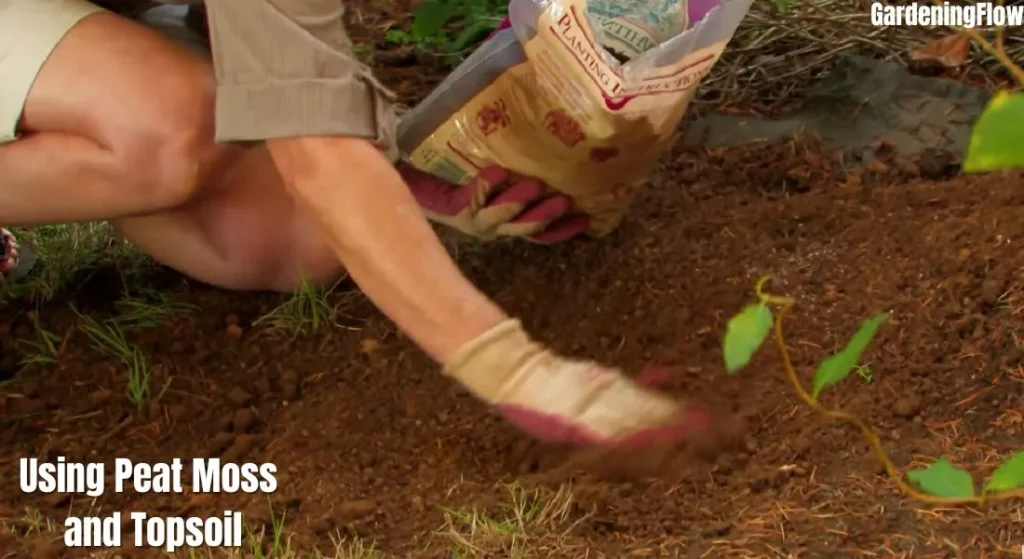
When it comes to planting grass seed, using the right soil mixture is critical for success. Peat moss and topsoil are both popular choices for creating the ideal growing environment for grass seed. Here are some best practices for using each:
Peat Moss
Peat moss is an excellent soil amendment that can help improve soil structure, water retention, and nutrient availability. Here are some tips for using peat moss:
- Mix it with topsoil. Peat moss is not a substitute for topsoil. Instead, it should be mixed with topsoil in a 1:1 ratio to create an ideal growing medium for grass seed.
- Moisten it before use. Peat moss is very dry and can be difficult to work with if it is not moistened first. Before using peat moss, moisten it thoroughly by adding water and mixing it in.
- Use it sparingly. While peat moss can be beneficial for grass seed growth, it should be used sparingly. Too much peat moss can create an environment that is too acidic and can stunt the growth of grass seed.
Topsoil
Topsoil is the uppermost layer of soil and is rich in organic matter and nutrients. Here are some tips for using topsoil:
- Choose high-quality topsoil. Not all topsoil is created equal. Look for topsoil that is rich in organic matter and free from contaminants.
- Use it to level the ground. Topsoil can be used to level the ground before planting grass seed. Spread it evenly over the area and use a rake to create a smooth surface.
- Do not use too much. While topsoil is an excellent growing medium for grass seed, it should not be used in excess. Too much topsoil can create an environment that is too rich in nutrients and can lead to excessive growth and weak roots.
Alternatives to Peat Moss and Topsoil
Now that we’ve explored the world of peat moss and topsoil, it’s time to introduce another contender – compost!
Consider compost the all-star team player in the game of lawn care. It’s a fantastic top dressing for overseeding and has some great benefits compared to peat moss and topsoil.
Compost Benefits
Compost is like the superhero of lawn care – it’s rich in nutrients and contains soil microbes that help feed your lawn.
And if you’re into being eco-friendly (which, let’s be honest, we all should be), compost is a more sustainable and environmentally-friendly option compared to peat moss.
FAQs
Can I mix peat moss and topsoil for grass seed planting?
Mixing peat moss and topsoil is possible, but it’s not necessarily the best choice for your lawn. While peat moss helps with water retention and protecting seeds, topsoil can still make it difficult for seedlings to sprout. It’s best to consider other alternatives like compost, which offers numerous benefits for grass seed planting.
How much compost should I use as a top dressing?
The ideal amount of compost to use as a top dressing depends on the current condition of your lawn and your goals for its improvement. Generally, a layer of 1/4 to 1/2 inch of compost is sufficient for overseeding. Be careful not to overdo it, as too much compost can smother your grass.
How often should I aerate my lawn?
The frequency of lawn aeration depends on the type of soil you have and the overall health of your lawn. For clay-heavy soils or lawns with heavy foot traffic, you may need to aerate once a year. For sandy soils or lawns in good health, aerating every 2-3 years should suffice. Keep an eye on your lawn’s condition and adjust your aeration schedule as needed.
Is there a specific type of compost that works best for grass seed planting?
When choosing compost for grass seed planting, opt for well-aged, finely-screened compost. This ensures that it’s rich in nutrients and free of any large debris that could hinder seed germination. Many garden centers and nurseries sell high-quality compost suitable for lawns, or you can create your own compost at home from kitchen scraps and yard waste.
Conclusion
In the peat moss vs topsoil debate for grass seed, peat moss wins due to its moisture-retention and protective properties. However, keep in mind its acidity and environmental impact. Topsoil can harm grass seedlings and is generally not recommended.
Proper soil preparation, aeration, and seeding techniques are vital for a thriving lawn. For an eco-friendly, nutrient-rich alternative to peat moss and topsoil, consider compost.
Armed with this information, you’re ready to master lawn care and create a stunning lawn that’s the envy of your neighborhood. Happy gardening!
Related Posts:
- Learn the Benefits of Feeding Your Rhubarb with Tomorite
- Find Out the Ideal Timing to Sow Cosmos Seeds
- Discover Why Overusing Straw Can Be Harmful to Your Seeds
- Peat Moss or Compost: Choosing the Right Soil Amendment for Your Grass Seed
- Understand the Importance of Rolling New Grass Seed for a Healthy Lawn

